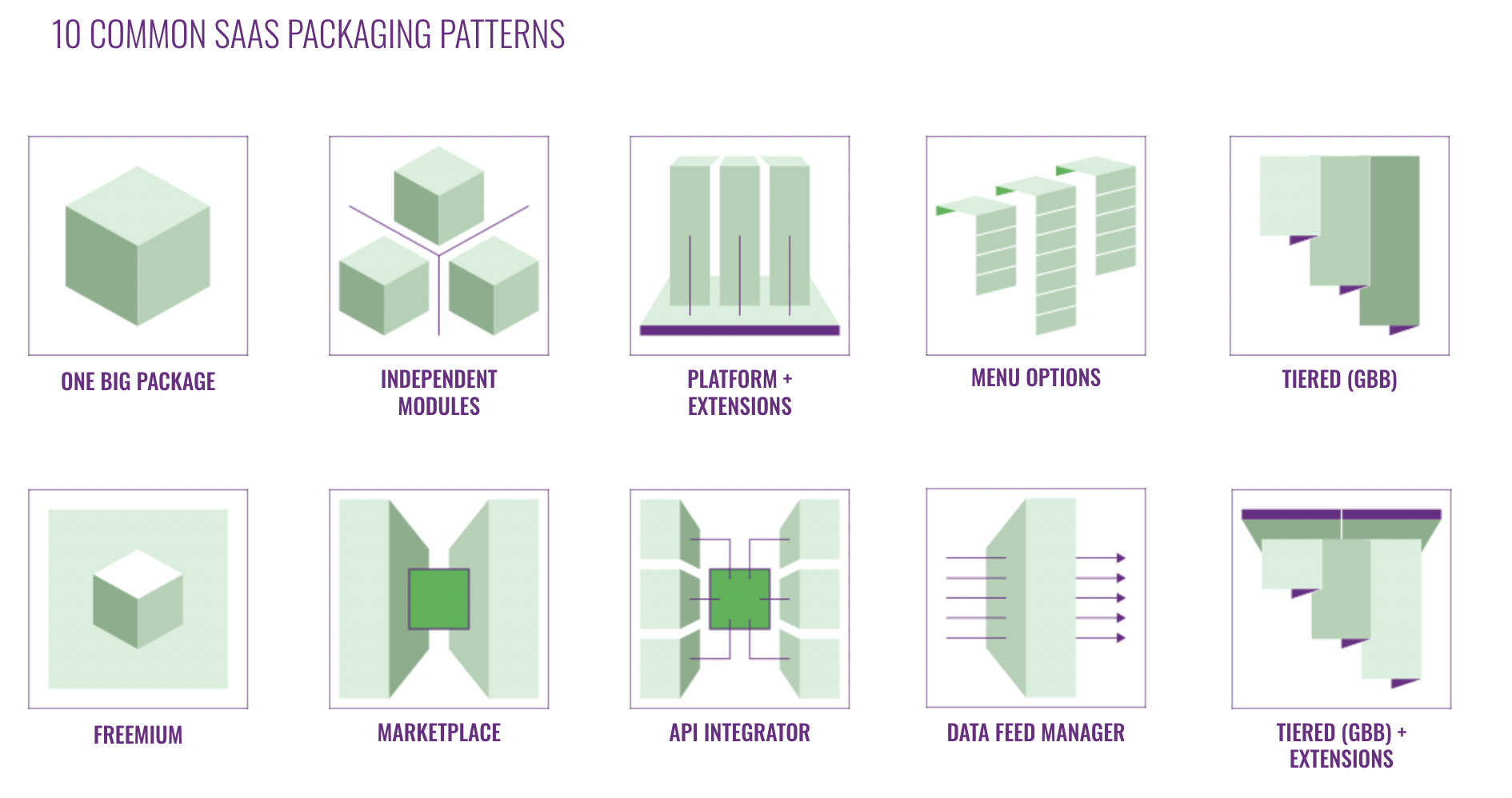Truncated GBB: A SaaS anti-pattern
Steven Forth is a Managing Partner at Ibbaka. See his Skill Profile on Ibbaka Talio.
Good Better Best (GBB) has become a very popular packaging and pricing pattern in SaaS. Some pricing experts, like Kyle Poyar at OpenView, believe that GBB should be the starting point, see Your guide to SaaS Packaging 201. This seems too simple to me. There are good reasons to use other packaging patterns. Platform with Extensions is often a better choice, see AI Pricing: AI as extension or platform. Companies with many offers that can be combined in different ways may want to consider the Menu Options pattern. Ibbaka has identified and developed pricing for ten common packaging patterns.
That said, there are good reasons to adopt the basic Good Better Best (GBB) or tiered pattern. GBB helps to
Frame value
Capture different levels of Willingness to Pay
Provides upsell paths
Basic GBB helps to frame value
People do not evaluate your prices in isolation. They need an anchor point to frame value and decide if something is expensive or not. If you do not provide a framework for this they will supply their own.
This is one of the reasons to publish your pricing and part of the power of the GBB packaging pattern.
Price is one way that people frame value, and having three points is far more powerful than having just one or two. It provides a range, a shape and suggests trends. A single point, even two points, do not effectively frame value.
GBB can capture different levels of Willingness to Pay
One of the challenges in pricing design and price setting is to capture demand at different price levels. Generally (not always) demand goes up as price goes down, which is referred to as price elasticity of demand.
Some simple math shows that the revenue from Good Better Best will be higher than that of any one option. Of course if you can add more packages you can theoretically get even more revenue and if you can find a pricing design that correlates price, value and willingness to pay (all three and not just one) you will have the revenue optimizing pricing design.
GBB provides upsell paths
There is a major focus these days on Net Revenue Retention. Investors and leadership teams are all obsessing on NRR (or NDR for Net Dollar Retention if you prefer) and how to predict and optimize it.
It is hard to optimize NRR if the only lever you have is to reduce churn or possibly a price increase. Tiered pricing gives the possibility of upsell as people move from Good to Better to Best (of course there is also downsell, where the buyer goes from Best to Better to Good).
Extended GBB gives more options
Product Led Growth companies will generally have some form of free offer or free trial. They extended the standard GBB architecture to the left.
Free or Freemium and Free Trial are different strategies and should not be confused. Adding a Free package generally makes sense if the product enjoys some level of network effects or if the Free package generates data (maybe for consumption by an AI). Free trial is a trial of one of the priced packages. One tactic that seems to be working is to provide the free trial to the Best package and then let people choose between Good, Better and Best after they have experienced the package that delivers the most value. This is often referred to as Reverse Trial.
SaaS companies that sell to enterprise generally need to have an offer for large opportunities. These companies generally have requirements for integrations, security and reporting that go well beyond what is offered in the best tier. They may demand complex configurations or even custom functionality. Trying to design published pricing that accounts for all of these variables, many of which are often negotiated, can lead to more complexity than the website can support. Pricing is best put in the context of value and then explained by the sales force.
Truncated GBB will fail to deliver
Too often one goes to a pricing page that looks like it is GBB but is not. Yes, there are three packages shown on the site. But only one has a price. This is an anti-pattern. It is pretending to be GBB but it is not.
From Wikipedia, “An anti-pattern in software engineering, project management, and business processes is a common response to a recurring problem that is usually ineffective and risks being highly counterproductive.”
The truncated GBB pattern fails to deliver on all three of the value propositions.
It does a poor job framing value as it does not
Provide a range
Give a high anchor price (one of the jobs of the Best package)
Indicate the trend (linear, concave, convex)
It does not provide packages at different price levels to capture different WTP.
There is no natural upsell path.
Check the pricing pages of your own website and those of your competitors. Is anyone using this anti-pattern? How might this be impacting key metrics like Average Contract Value or Net Revenue Retention?















